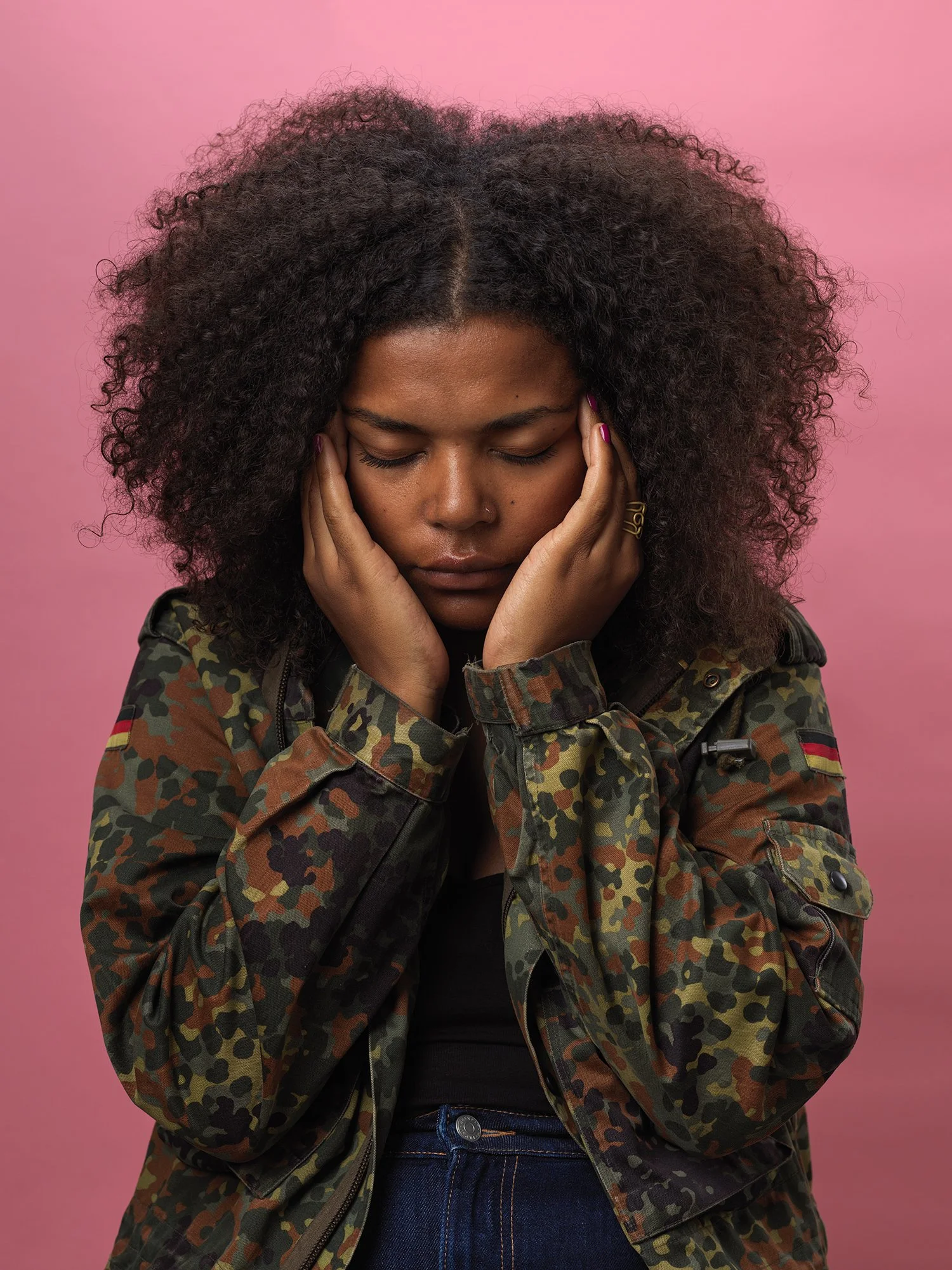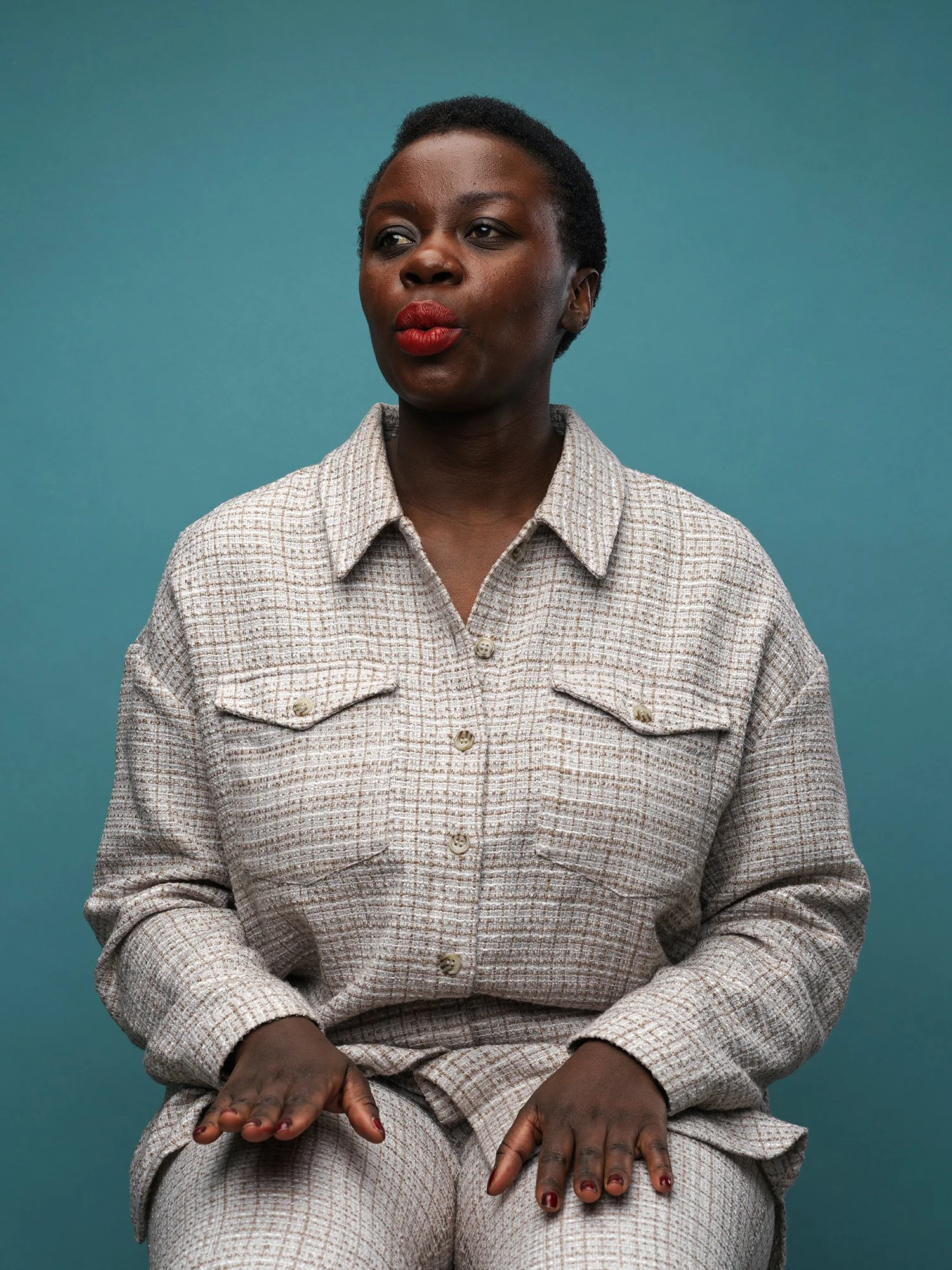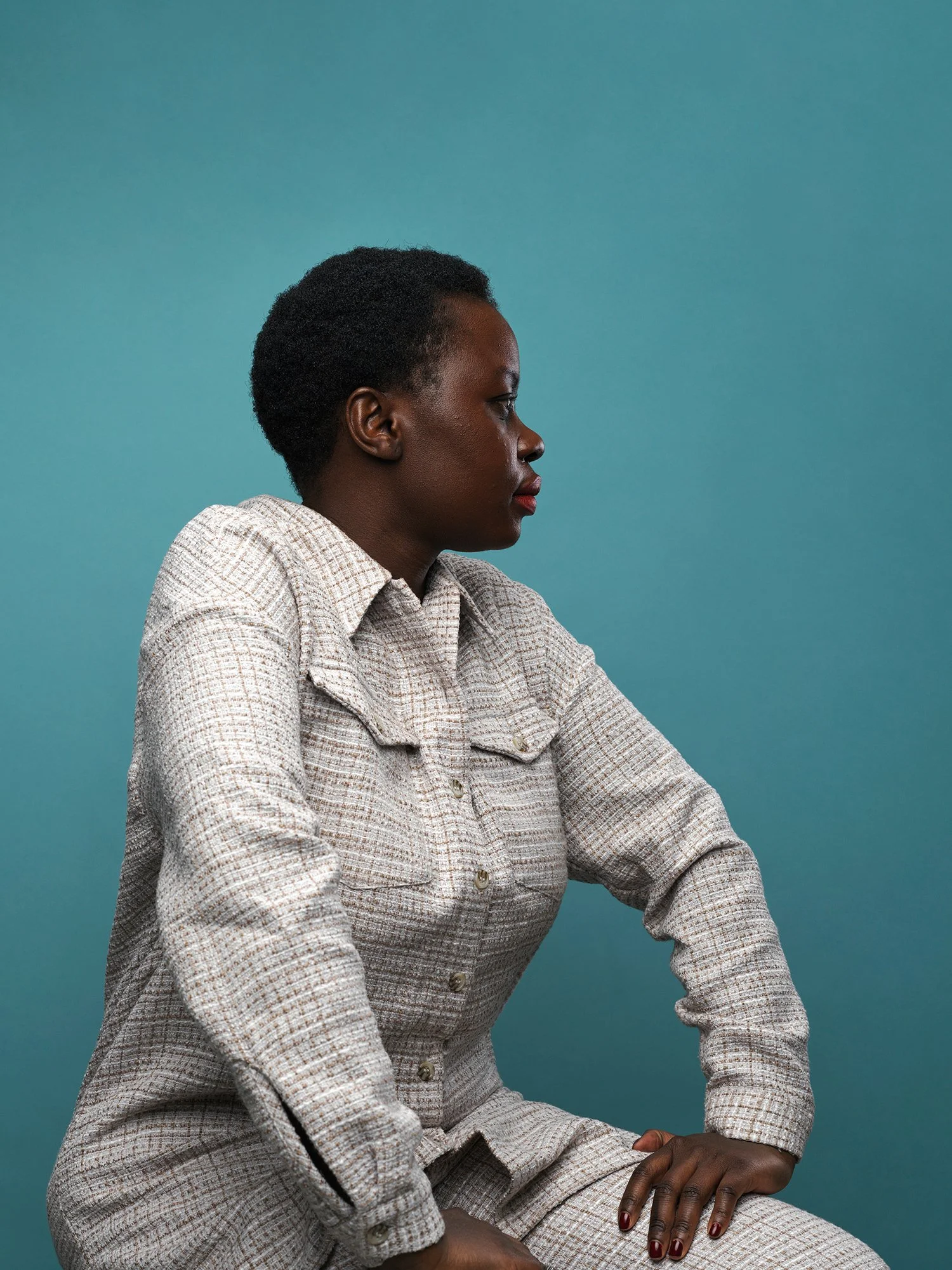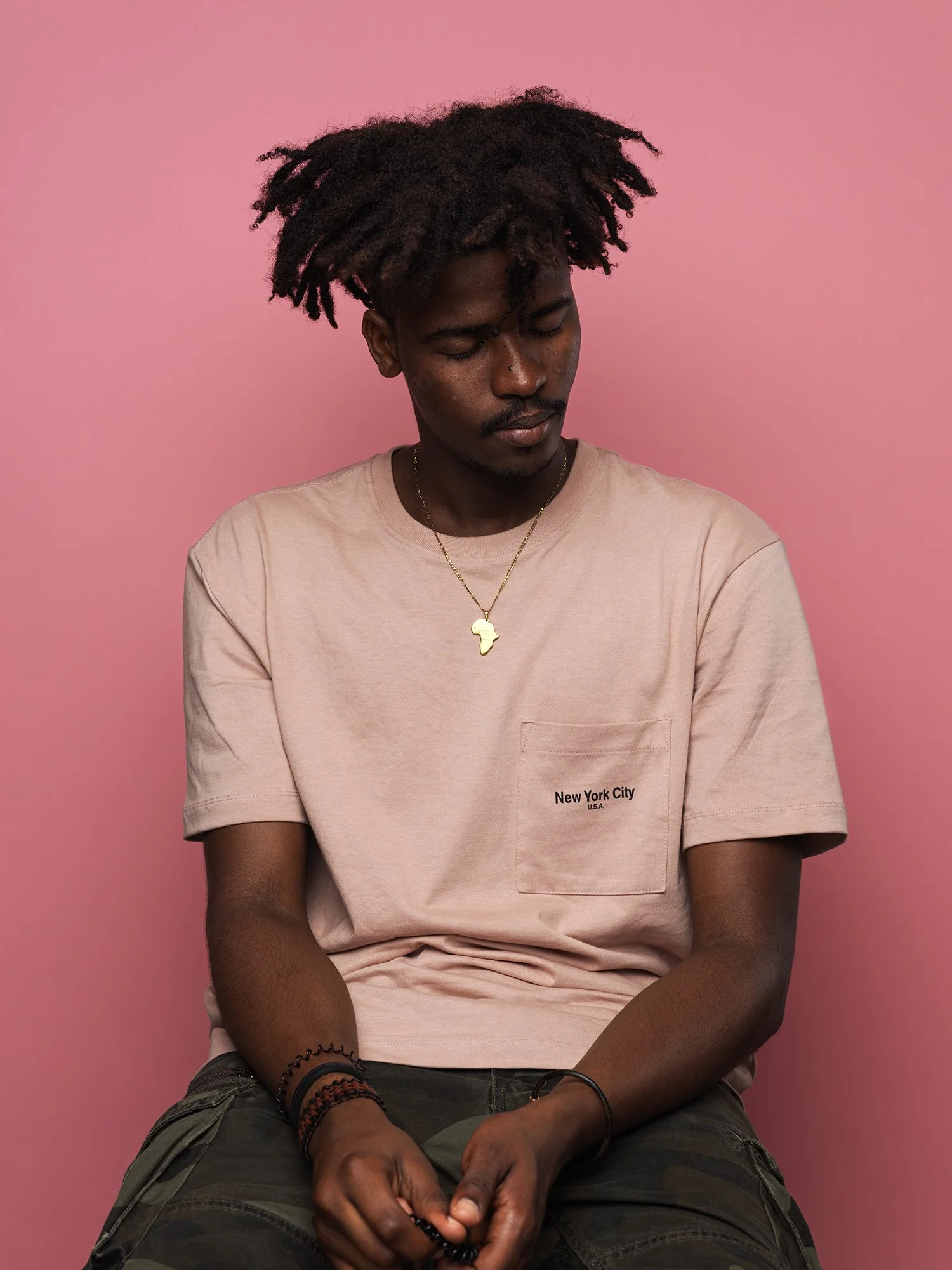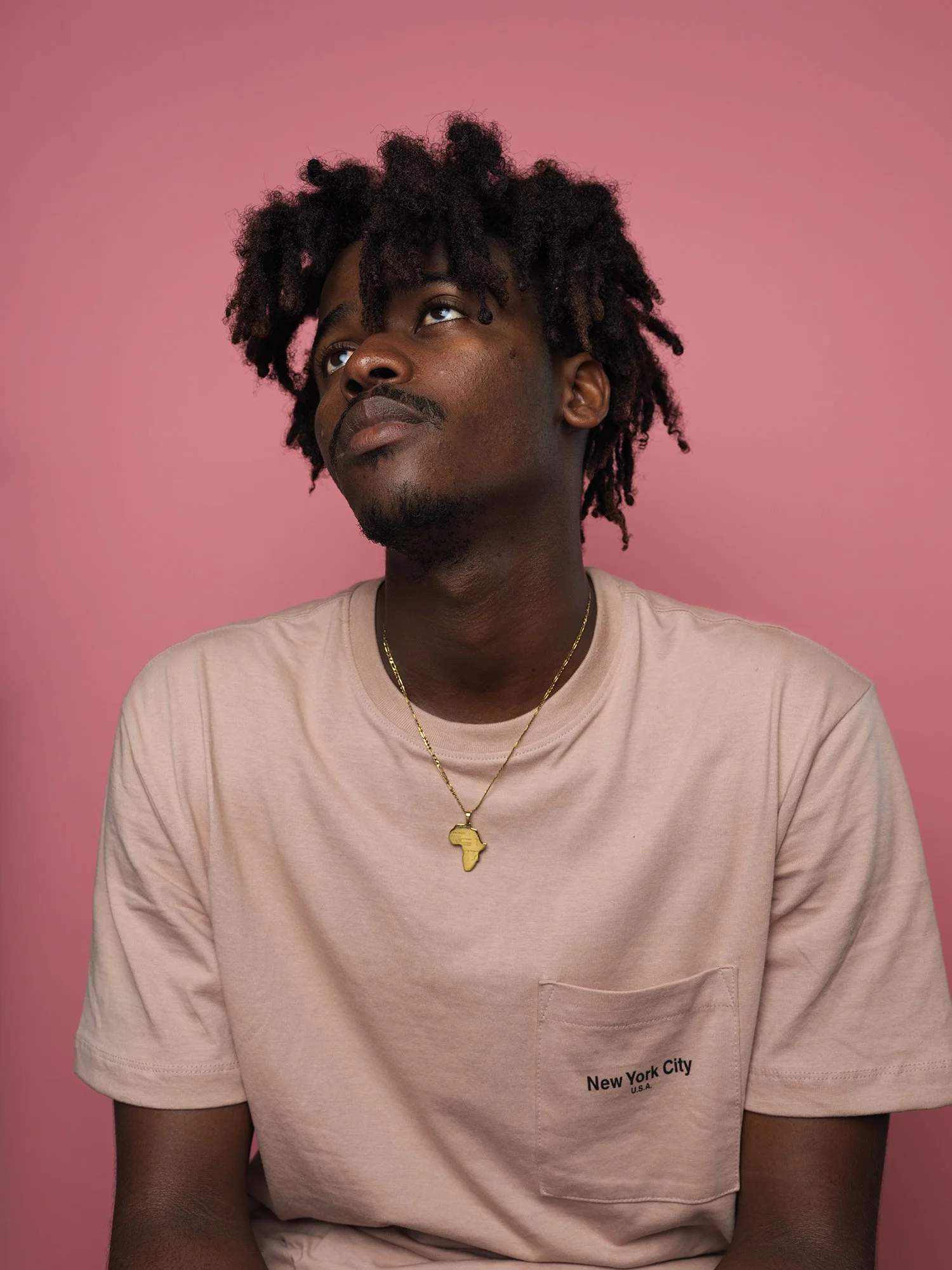60 Minutes of Solitude | Intro
The project
For one hour, each person sat for me in my Copenhagen based studio. They were present but in isolation, disconnected from myself as well as the outside world. Once the hour began, there was no direction from the photographer. No talking between photographer and sitter. No devices. No busying distractions. No expectations. Silence. 60 minutes.
How each of the 30 sitters interpreted the time was up to him/her/them. My participation was deciding when to click the camera and then, post shoot, selecting the six images that would come to represent each person’s sitting.
Background
The concept was born out of and inspired by the isolation of the quarantine period. My personal experience of it was a sort of enforced quiet time. A pause where I could stop, take stock and reflect. A feeling I had become unaccustomed to as a freelancer for 10 years. That is certainly not to say it wasn't also challenging. Our connected lifestyles were brought to a halt.
Flights grounded and connectivity through shared physical spaces adversely impacted. I was curious as to how others interpreted the experience. Where would they 'go' when surrounded by silence? In our 'busy' generation, this may or may not be something that we are familiar with.
Themes
The series is very much an of-the-moment project. Inspired by the conditions created by a pandemic felt the world over, the dynamics of the shoot engage many themes emblematic to our current times:
Disconnection, Isolation and mental health - We are social beings and with the help of ever developing technology like means of transport and electronic devices we are able to get to and share physical spaces easily and be connected through devices if we cannot. How do we deal with isolation and that unfamiliar feeling of being disconnected?
Identity - “I have things to do and people to see.” “ I am so busy,” has pretty much become an identity, an aspirational one at that. How do we react to the loss of that identity?
Image conscious- We are the most photographed generation to date. How would sitters react to a shoot where there was no professional guidance or feedback as to best photographic angles and body positioning?
Control of public persona - Each sitter has accepted a level of vulnerability by giving up the control of which images are selected for the series. Through smart phones and social media, we are able to dictate the stories of our lives that are told to the wider public. We have control over how we portray ourselves, regardless of whether or not the moods and activities shared online are true reflections of our stories. For this series, no sitter was able to view their images during the shoot. And no sitter will see their own images before the general public does. They have given up control.
Relatability - At the base of my work, I am always interested in exploring and highlighting the themes of commonality, relatability and empathy. During the quarantine, many of us may have felt alone. But were we alone in how we felt?
Representation - a concerted effort was made to have the subjects vary in age, gender, and sexual orientation. Early participants have been from Copenhagen but the intention is to expand the scope as the series progresses.
Aims - Social media has become an enabler in the controlled narratives of our lives. There’s a prevailing manufacturing and projection of a veneer of reality. I was hoping that the dynamics of this shoot would enable the sitter and myself to delve beyond the superficial truth, or, at the very least, to explore a possible orchestration so entrenched as to have become a truthful representation.
This is by no means a pursuit of the unflattering. My hope at the start of this project was to sneak behind the guards and celebrate what we found, whatever the results.
Aaiún
Musa
Phyllis



